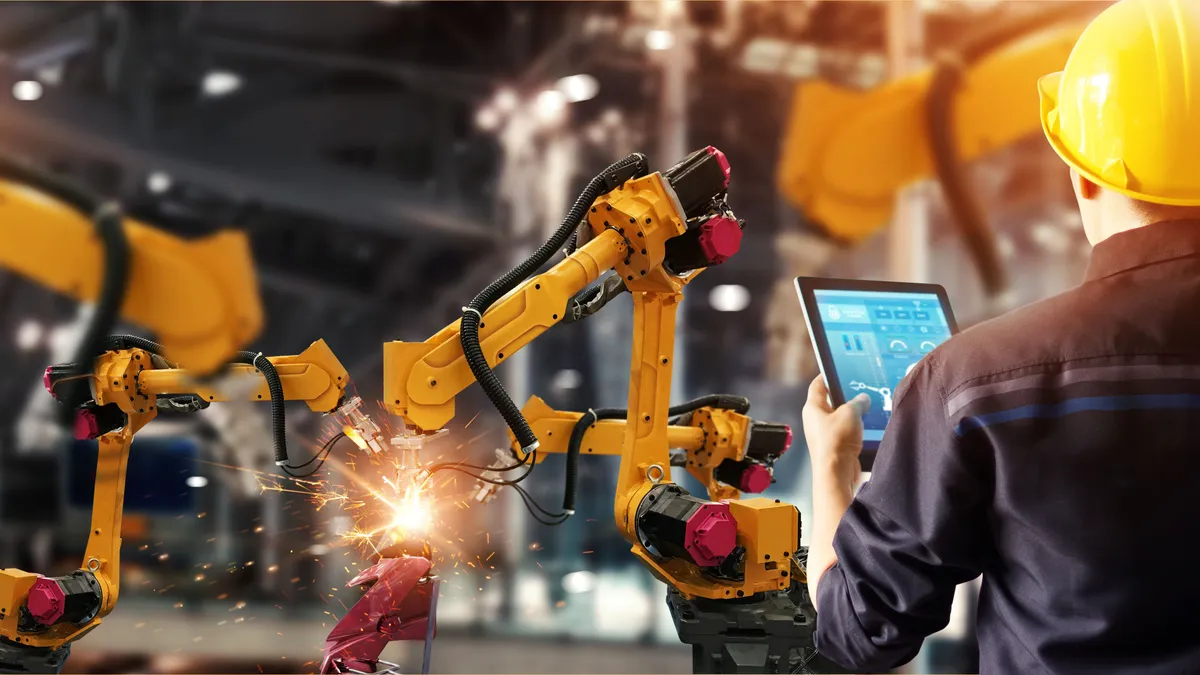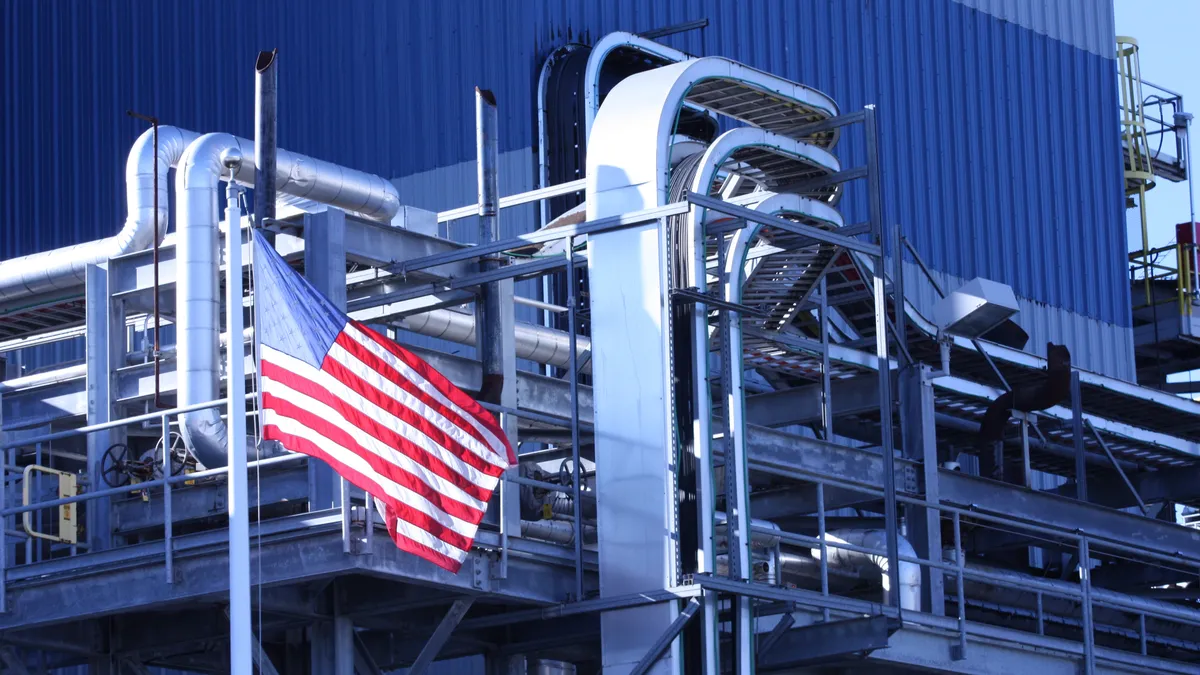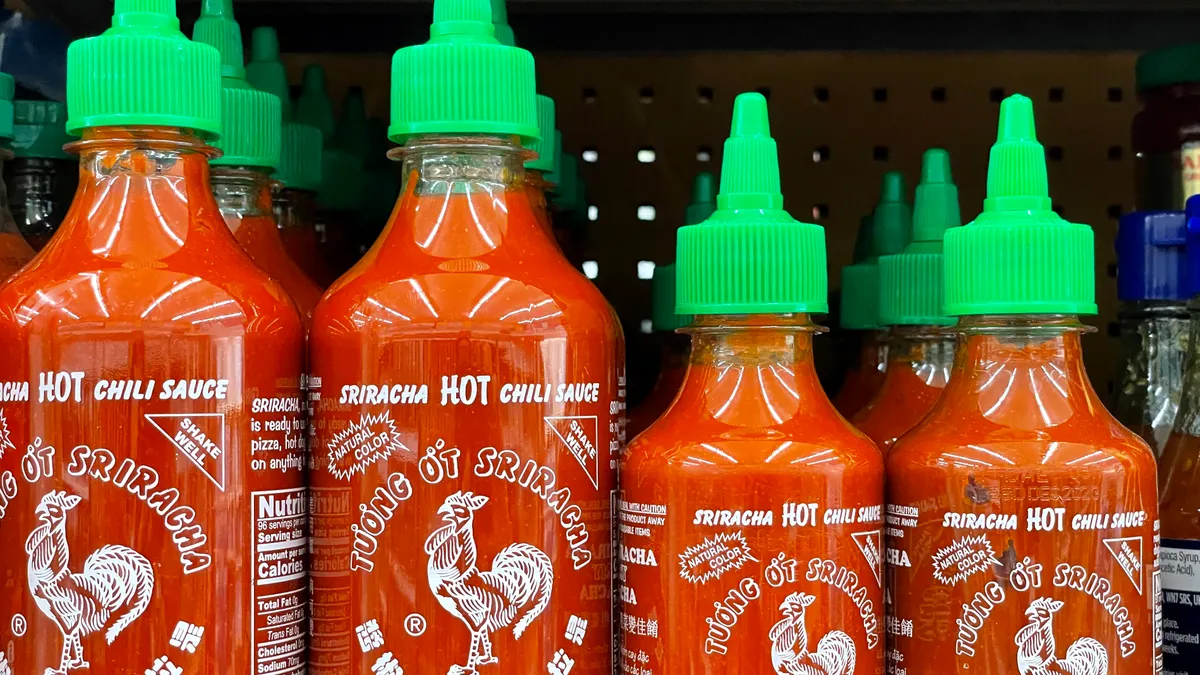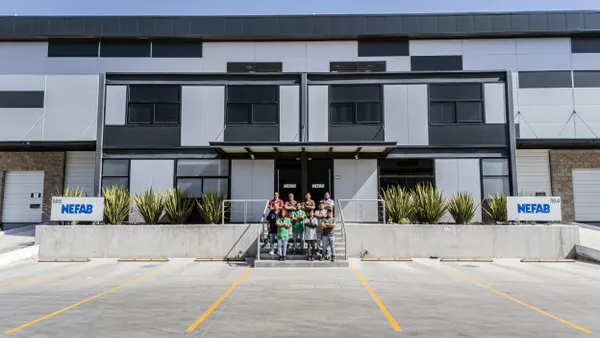Dive Brief:
- Roughly 31% of more than 300 HR leaders at U.S. manufacturing firms say their production lines are understaffed, according to an Oct 3. report from UKG.
- While staffing levels and recruitment challenges are improved from the worst days of the COVID-19 pandemic, nearly half of manufacturers say it now takes longer to fill open positions than it did a year ago.
- Roughly 61% of manufacturers are struggling to fill critical labor gaps, down from 87% in 2022, as companies continue to grapple with a skills mismatch in the industry and ongoing workforce development challenges.
Dive Insight:
Recruitment and retention problems have plagued the manufacturing industry since the early days of the pandemic. The issue is particularly fraught for sectors that need specialized skills.
When it comes to current workforce recruitment challenges, UKG's survey of more than 300 HR leaders at U.S. manufacturing firms found the biggest obstacle to be "finding talent with the right experience" for 56% of respondents, up from 46% in 2023. Respondents listed "finding talent with the right skills" as the second biggest challenge at 47%.
An April report from Deloitte and the Manufacturing Institute found that 1.9 million manufacturing jobs could go unfulfilled by 2033 if workforce challenges aren't addressed. The report found a 75% spike in demand for technical roles in simulation and simulation software skills, mainly for technology-enabled production or testing jobs.
Nearly 70% of respondents in UKG’s survey noted that labor shortages impact their ability to meet production needs.
Many manufacturers are also striving to upskill their current workforce to work alongside AI and other emerging technologies. Respondents to UKG's survey listed cross-training (63%) and reskilling (57%) as their top ways for improving recruitment and retainment efforts over the past year.
These issues come despite the fact that 76% of respondents reported year over year increases in revenue and 66% noted bumps in production capacity, showing the dueling opportunities and challenges persisting in the industry.
"Over the post-pandemic period, U.S. manufacturing employment has recovered to a higher level than at any point since the Great Recession," UKG Lead Labor Economist Eddie Hearn said in the report. "With investment in new manufacturing construction tripling over the last three years and manufacturing firms facing moderate-to-significant increases in turnover and retirement in their workforces, there are substantial opportunities for employment in the manufacturing sector now and in the future.












